by Mike –
The following article has been translated from Italian and was first published on Auto Classiche.
by Giacomo Arosio (including the translation from Italian)
Both Innocenti and Autobianchi ceased production many years ago but the enthusiasts still remember them because of their popular small cars. Only a few people know that these automakers also tried to build sports cars that unluckily never went into production for various reasons.
This article is focused on a couple of tiny granturismos almost unknown to most people but still very interesting and attractive.
Innocenti 186 GT
Innocenti made its attempt to enter the sports car scene in 1963, when the 186 GT model was unveiled. It was a big step for the Italian factory because until this time it had built only the A40 and the nice Spider 950, both based on BMC Austin drivetrain and chassis.
The bodywork was charming and it featured many details similar to the classic Italian GT cars of the period: it was designed by Giorgetto Giugiaro – at the time only 25 years old and was with Carrozzeria Bertone.
The central part of the nose was prominent with recessed headlamps and the sides were characterized by a “step” placed in the midpoint that made the bodywork more refined. Both of these stylistic features were already seen on many other Bertone models like the Iso Rivolta GT, another masterpiece designed by Giugiaro a few years before the Innocenti prototype.
The cockpit was quite roomy and maybe it seem wider than it really is thanks to the thin a-pillars and the large windows. The small jump seats in the rear made the 186 GT a 2+2, not a common thing on such a small sports car. Unluckily there are no pictures showing the back of the car, so we can only imagine an appearance similar to the Maserati Mistral.
Thanks to some period pictures, we can assume that Innocenti built two prototypes with small differences. The first one was fitted with a flat hood and knock-off wire wheels, while the other one came with a bulged bonnet and light alloy rims. Anyway, we can’t exclude the possibility that it was simply the same car reworked by the factory itself during the development process.
The power train was probably the most relevant part of this project. The V6 engine was built by Ferrari splitting the V12 engine from the 250 series, so it had the same 60° design (it didn’t come from the 65° Dino V6 engine, as someone wrongly said). In spite of the small displacement of 1.8-liters, the engine produced approximately 160 hp and the Innocenti 186 GT was able to reach a top speed of 125 mph.
The car could likely have been successful but it never went into production, so we will never know. Someone said that they gave up because the car was too expensive, someone else said that the Innocenti customer service wasn’t skilled enough to fix such a sophisticated car… however, the project was stopped and shortly after the Milanese automaker concentrated its resources on the Mini only (produced under BMC license) and they didn’t think about a sports car anymore.
Nowadays only one Innocenti 186 GT survives: it is in nice condition and sometimes it can be seen during car shows and exhibitions.
Autobianchi Coupè
The other car is the Autobianchi Coupè, a little known prototype made in 1968. It was born five years after the Innocenti 186 GT, but it seemed much more modern due to the big changes happening in the car design world in a such short time. The winding shapes of the early Sixties were quickly replaced by the new sharp design, oriented to the best aerodynamic efficiency.
The designer of this unusual sports car was the young Italian designer Pio Manzù: born in Bergamo, he was the son of the renowned sculptor Giacomo Manzù. He already attracted attention thanks to his previous project, the successful Fiat 127. The Autobianchi Coupè was really an innovative car and it anticipated many stylistic features of the upcoming decade.
The Autobianchi Coupè can be considered the evolution of the Autobianchi 111 prototype designed by Pio Manzù himself that showed only small differences like the shape of the windows and the rear design. There are also some similarities with the G31 prototype, a mid-engined coupè styled by the Centro Stile OSI and based on the Fiat 125 drivetrain.
Looking at the car it’s easy to recognize many details from bigger GT cars, now in a small scale: the pop-up headlamps, the wedge-shaped bodywork and the mid-engine layout were absolutely unusual for an Autobianchi and they revealed a great innovative aim. The polyester bodywork allowed reducing the manufacturing costs and so it could be an easy way to produce a charming but inexpensive small sports car.
The interior was the result of stylistic research and Manzù paid attention to the safety of the passengers. The dashboard and the door panels were both covered with polyurethane, with no sharp edges or protuberances and all the six instruments placed in front of the driver were recessed in circular holes.
The three-spoke wheel was covered by the same soft material, while the bucket seats resembled the ergonomic armchair designed by Manzù himself and still produced today by an Italian furniture company. The pedals were all floor-mounted, exactly like on many exclusive sports cars.
The Autobianchi Coupè prototype made its debut at the 1968 Turin Auto Show, but it was actually a mock-up with no drivetrain. Anyway, we can suppose that it was probably designed to hold the Fiat 124 inline-four DOHC engine, exactly as many other Autobianchi models of the same era like the A111 sedan and the Primula.
The tragic death of Pio Manzù, at a young age of 30 years, stopped the development of the Autobianchi Coupè. It was an interesting car indeed and maybe it could be mass-produced with no bigger modifications compared to the original prototype.
We do not know if the car survives today, but it certainly deserves to be restored and preserved in memory of its unlucky creator.
~~~
The original article, Alla scoperta di due piccole GT dimenticate is here.
Giacomo Arosio has written a few other articles for My Car Quest.
Let us know what you think about the Innocenti 186 GT and the Autobianchi Coupè in the Comments.
Sell your classic car on My Car Quest – click here.
This article was first published on My Car Quest in January 2013.
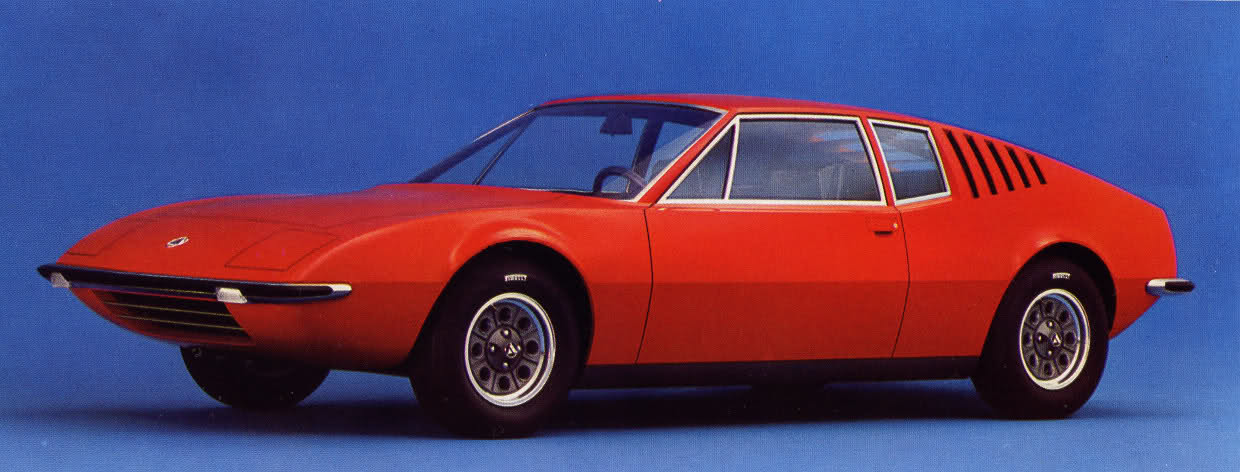
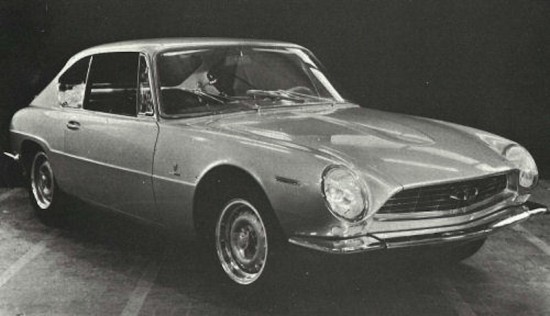
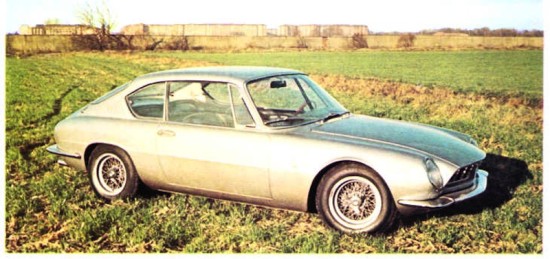
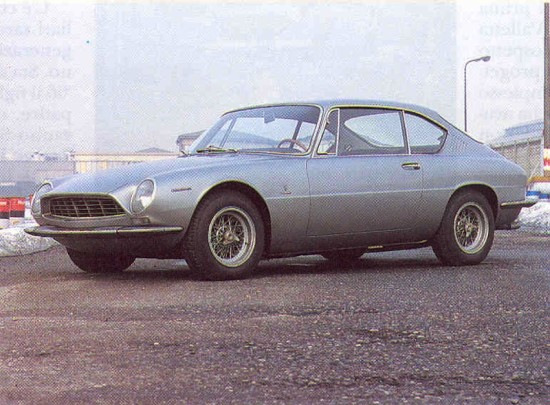
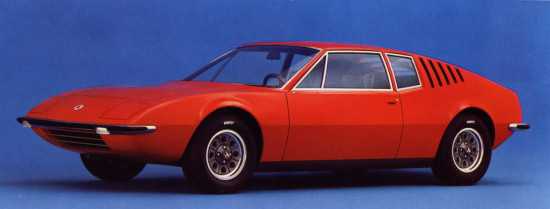
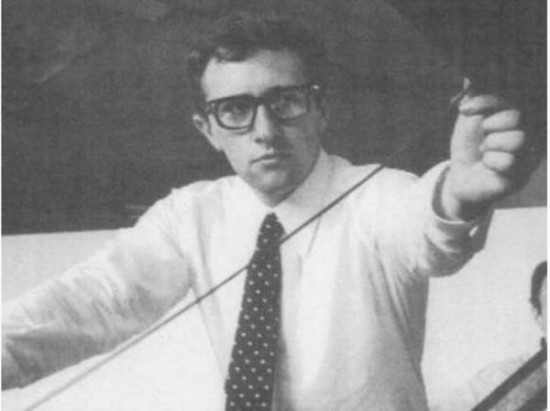
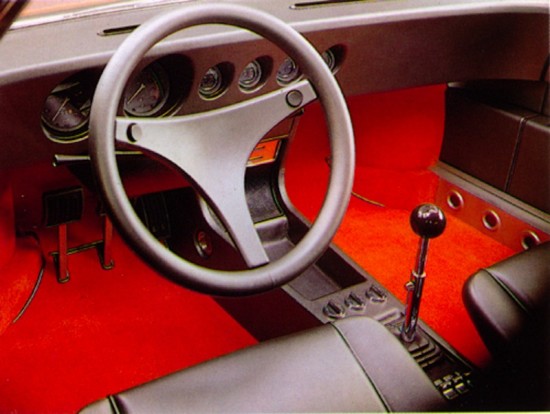
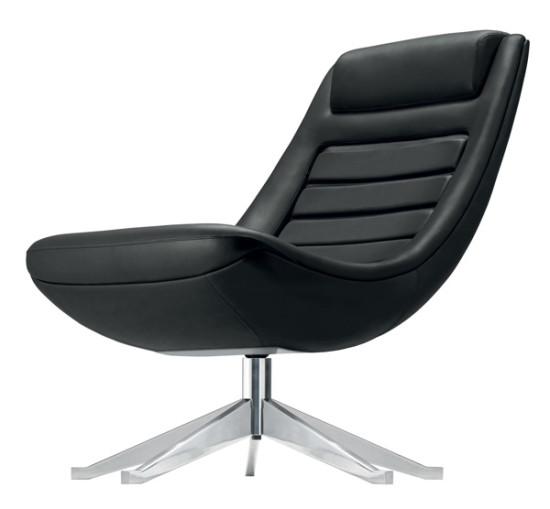
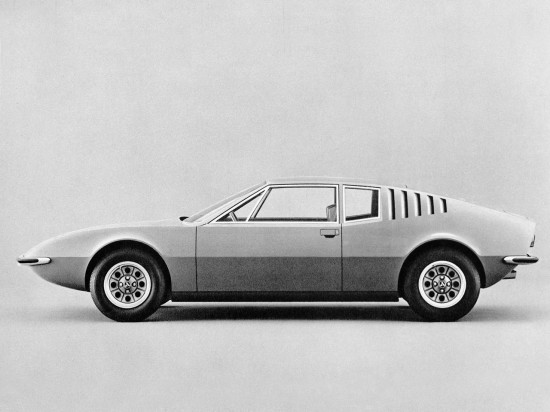
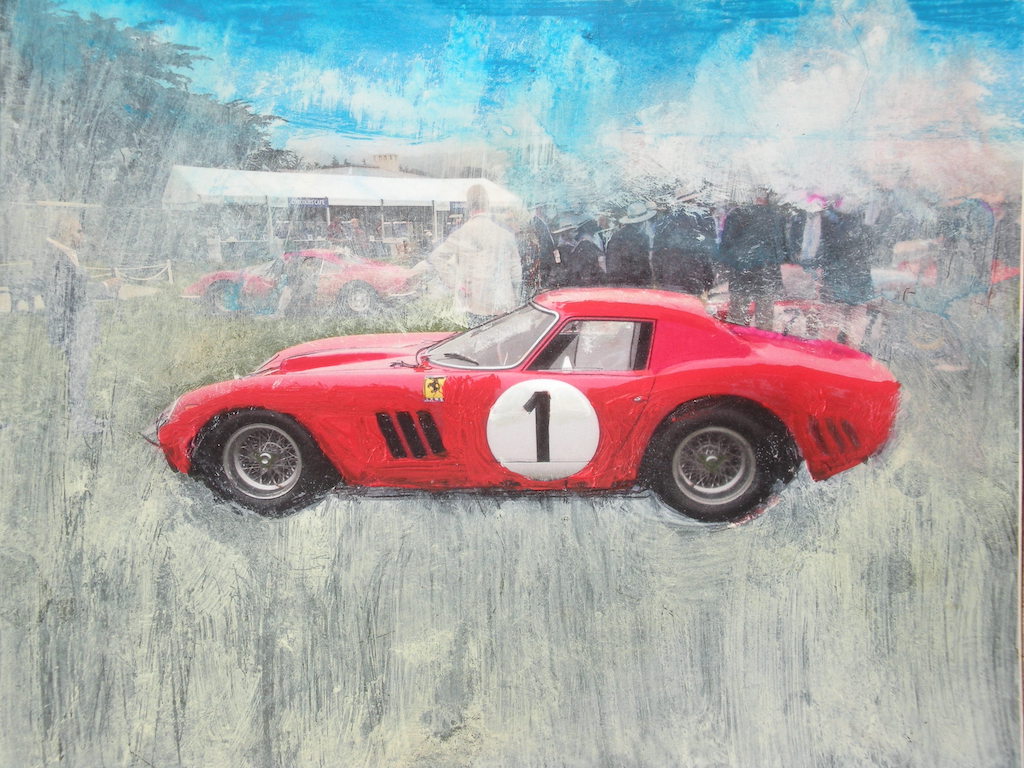

Whoa!
https://www.youtube.com/watch?v=5YXLmU7eD2w
About the AutobianchiL
Mangusta roof profile, should have thanked Giugiaro
Sereinissima Agena nose, owes credit to Tjaarda
A copyist, I’d say.
I can see shades of DeTomaso in the Autobianchi, and Gilbern( a small British make) in the Innocenti